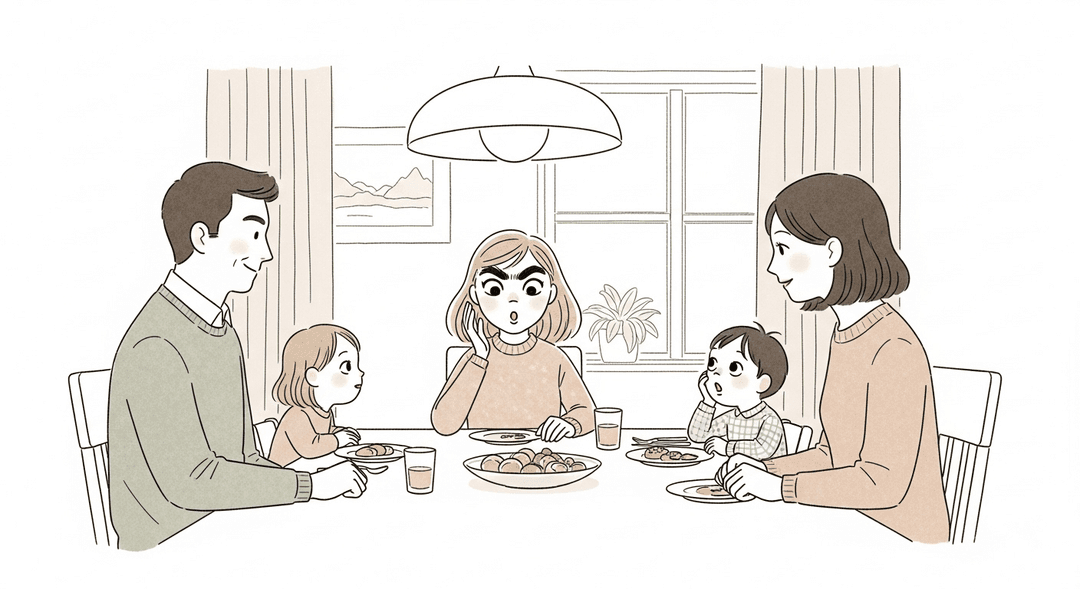Discuss Social Cues
Ever tried explaining why Aunt Linda’s eyebrows are doing gymnastics during dinner? Welcome to the Olympic sport of decoding social cues! If your kid looks at you blankly when you say, 'Did you see her face?' or thinks sarcasm is just a weird way to say yes, this is your moment. Let’s get them fluent in the secret language of eyebrow wiggles and ‘that’ tone—because, apparently, eye rolls are a dialect now.
Learning to read social cues boosts your child’s empathy, emotional intelligence, and social confidence. It literally wires their brain for better relationships—think of it as giving them a cheat code for playground politics and future group projects. For parents, it means fewer 'why did they yell at me?' debriefs and more harmonious playdates (or at least fewer awkward silences).
How to do it
Start by narrating what you notice. For example, you might say, “Did you see how her mouth turned down when you said that?” This helps your child become more aware of facial expressions and body language.
Use TV shows or books as opportunities to pause and ask, “What do you think he’s feeling right now?” This encourages your child to think about emotions and perspectives in different situations.
Practice making silly faces together in the mirror and guess each other’s moods. This activity makes learning about emotions fun and interactive.
Remember to keep things light and playful. Avoid making it feel like a serious lesson or as if you’re preparing them for a detective agency.
Most importantly, model your own feelings out loud. For example, you might say, “I’m using my grumpy voice because I stepped on a Lego.” This shows your child how to express emotions in words.
Key Tips:
- Narrate what you notice in real time.
- Use media (TV, books) to discuss characters’ feelings.
- Make it a game with silly faces and mood guessing.
- Keep the mood light and fun.
- Demonstrate expressing your own feelings out loud.
